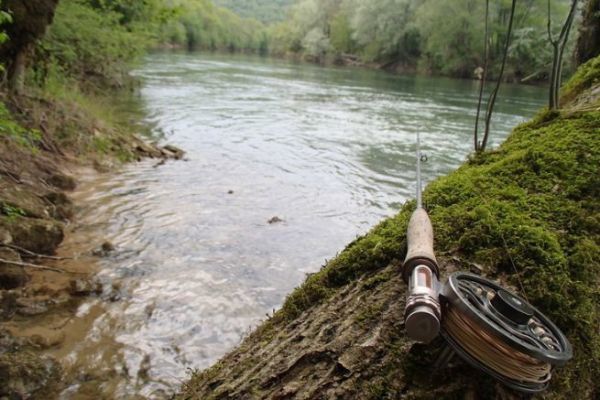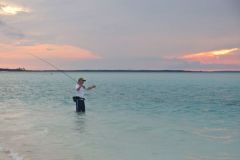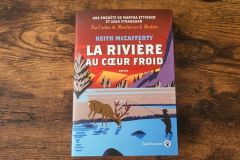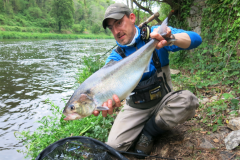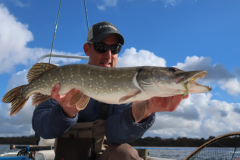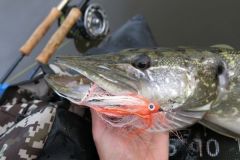A quest
In my region, dry fly fishing from the opening is very complicated because there are still very few insects. It's only a few weeks later, towards the end of March, that the serious business begins with the emergence of mayflies.
A humid, windless afternoon is generally ideal for insects to emerge. These are only broad guidelines, and there are of course other factors at play (which escape me). Sometimes, everything looks perfect on paper and yet not a single insect emerges. That's the charm of this quest.
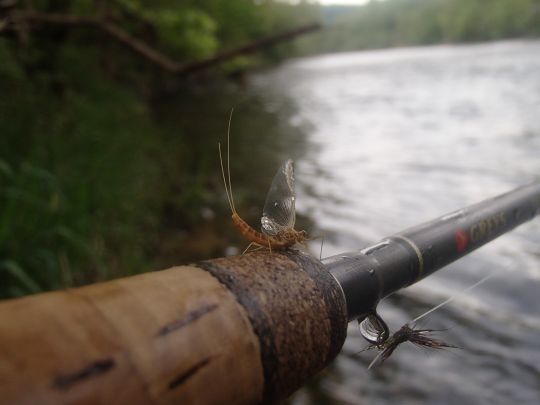
When the emergence takes place, you have to be in the right place. This parade of mayflies doesn't usually last very long, and you can't go wrong with your location. The ideal spot is a shallow area with a steady current, such as the inside exit of a bend, as this concentrates much of what drifts to the surface.
When all the planets are aligned, and you're in the right place at the right time, you're lucky enough to witness the magnificent spectacle of a fish feeding on the surface. It's usually beautiful fish that are found gobbling so early in the season.

When I was younger, I tended to rush in with the risk of frightening the fish. Today, it's the opposite: I take so much time to observe this spectacle, which is becoming increasingly rare (due to the decline in insects and fish) that sometimes the fish stops feeding before I've even presented my imitation.
The best practice is to take your time and analyze the strike: define the ideal position for attacking the fish, check whether there's enough space at the back to cast, analyze the current veins to avoid dredging and, lastly, identify any obstacles to be avoided during the fight.
When the plan goes off without a hitch, the pleasure of seeing such a fish in the net is immense
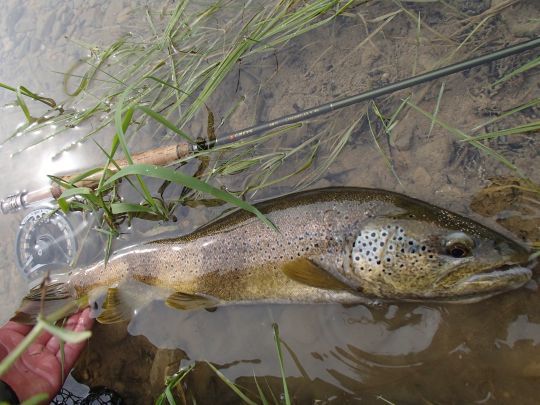
As these fish emerge from winter, leeches can sometimes be found on them, a sign of their low activity.
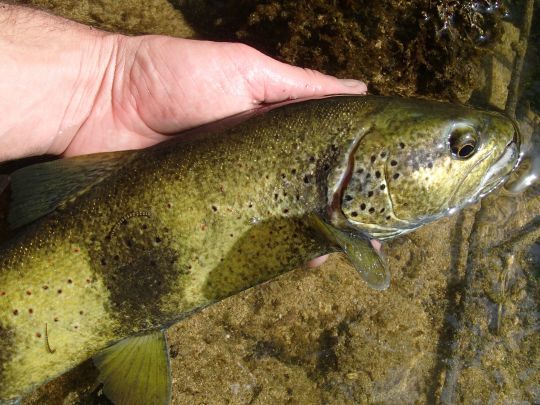
Dry-fishing equipment
It depends on your environment, your target fish and your preferences. I'll give you the tackle I find most appropriate for the big rivers I fish, where I'm likely to attack fish over 50 cm :
For the rod, I choose a length of 9 p for a line power between 5 by classic flow or 6 by strong water.
This year, with the low flow rates, I've so far only taken out the 5 silk.
When it comes to reels, I'm a firm believer in simple large arbor manuals.
For silk, I use WF profiles. I particularly like the Scientific Angler VPT.
For the leader, I'm a fan of knotted leaders with a maxima nylon body.
For the tip, I opt for a 16-centime, about 2 m long.
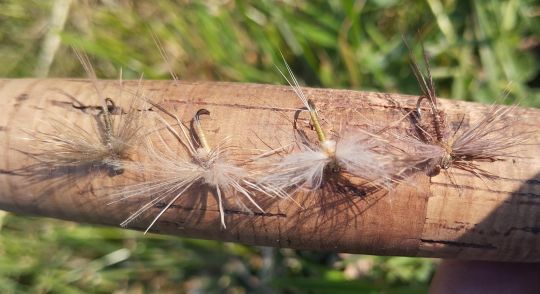
For mayfly flies, if I had to choose just one, I'd go for friend Matthieu's "V-wing" made from a mixture of duck and deer butt. All you have to do is choose the size and color according to the insects present on the day.
